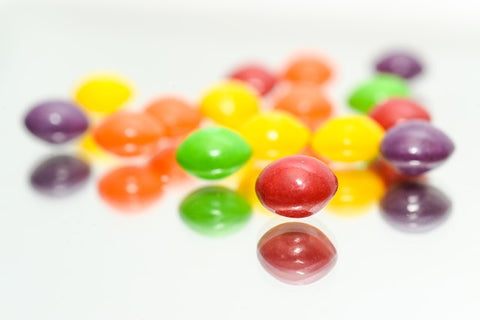One of the central beliefs of Woke activism is that lived experience is more important than empirical evidence, or, in other words, how we feel is more important than provable facts.
For example, a study by the Manhattan Institute found that eight in ten African-Americans thought that young black men are more likely to be shot to death by the police than they are to die in a traffic accident. In reality, black people are significantly more likely to die on the roads — around four in 100,000 are killed by the police, versus 69 per 100,000 who die in traffic accidents each year. Critical Race Theory activists, who believe that America is a systematically racist country, would argue that the real figures don’t matter. If black people feel threatened by the police, that in itself is proof that the American police force is systematically racist.
Similarly, biology dictates that there are only two genders: male and female, and that most people are either one or the other (save a tiny minority who are genetically both male and female). But to Queer activists, biology is irrelevant. If a man feels like a woman then he is a woman. And if a person feels that their gender changes daily, then that’s the reality we must all accept.
Given the prevalence of these ideas in schools and in children’s entertainment, it’s important that parents take the time to teach their children the difference between subjective and objective truths, and how to use them appropriately.
What Are Objective and Subjective Truths?
Objective facts are those that apply to everyone in every situation, and can be proven to be true through scientific experiments. The laws of physics, for example, are objective truths: gravity applies to everyone in the same way at all times, regardless of our feelings on the matter.
Science is the pursuit of objective truths. Under the scientific method, the scientist makes a prediction, known as a ‘hypothesis’, which they believe is the objective truth. They then test that hypothesis through experiments. If the results of the experiment turn out as they predicted, the hypothesis is deemed correct. If the results show something different, they make a new hypothesis and run the experiment again. For a result to be considered valid, other people have to be able to recreate it when they run the experiment.
For example, we might hypothesize that oak trees grow from acorns. We can test this hypothesis by planting a number of acorns and seeing whether they grow into oak trees. If other people also get oak trees when they plant acorns, we can be sure that it is objectively true that oak trees grow from acorns.
Subjective facts are those that can’t be tested. It might be true, for example, that I prefer oak trees to beech trees. However, there is no way to scientifically test whether I will always prefer oak to beech trees, and we can’t make any predictions about other people’s favorite tree by knowing what mine is.

How to teach objective v’s subjective
A great way to teach children the difference between objective and subjective facts is with a jar of skittles (or a variety of berries if you prefer natural treats).
To start out, place a fairly large number of skittles into a glass jar. There needs to be enough that they can’t easily be counted by looking at the jar.
Then, ask you children to gather around the jar. Once they are settled, ask them first whether they can all agree that there is a specific number of skittles in the jar, even if we don’t yet know what it is. In other words, there is an objective truth — the number of skittles — to be discovered.
Next, ask them to guess how many skittles are in the jar, and also to say why they have chosen that number. For example, they might say something like: ‘I see ten skittles on the bottom of the jar and there are ten layers, so I think there are 100 skittles,’ or, ‘I know what a packet of skittles looks like in my hand, and I think there are about 30 in each packet. It looks to me like there are about three packets-worth of skittles in the jar, which means there are about 90 skittles’. In doing so, you are asking them to make a hypothesis.
Test the hypotheses by counting the skittles in the jar, to find out whose prediction was the most accurate. Once you’ve done that, ask them to pick out their favorite color skittle and hold on to it for a moment. When they all have one, ask them which is the best color. They should see that they don’t all have the same color in their hand.
Here, you can discuss subjective truths with them. Explain how there is no way to measure ‘best color’, because it’s subjective. While we can say it’s true that Katy’s favorite is red, and Ben’s favorite is green (subjective truth), there is no empirical way to decide which color is the best for everyone. Contrast this with the number of skittles that were in the jar: in that case, there was only one right answer, and everybody’s guesses were either right or wrong (objective truth).
You might want to reinforce this lesson by finding real-world examples of things that are fact and things that are opinion, so that your children can recognize these categories when they come across them.
If you found this article useful, please consider sharing it so that others can benefit too.






